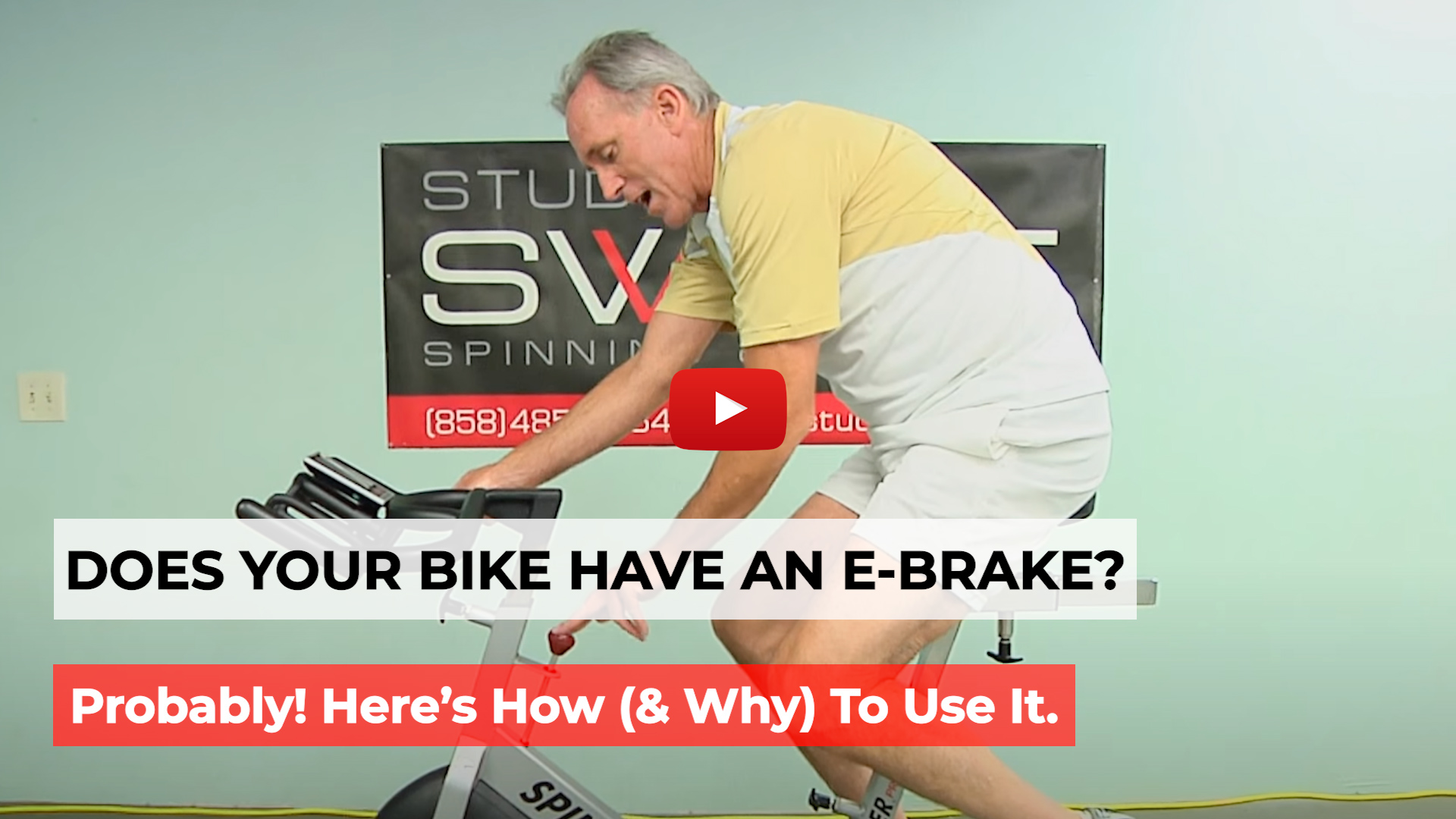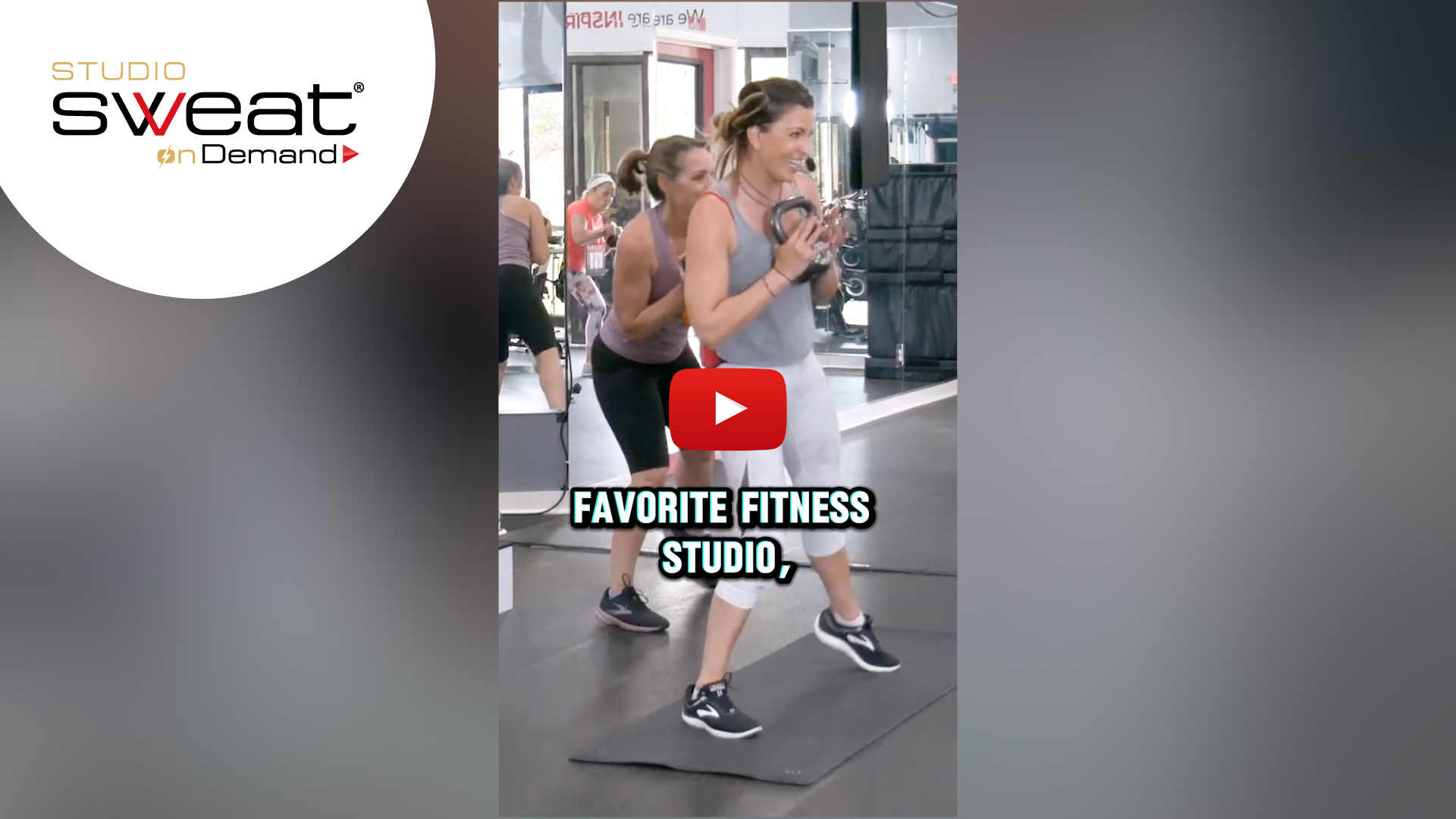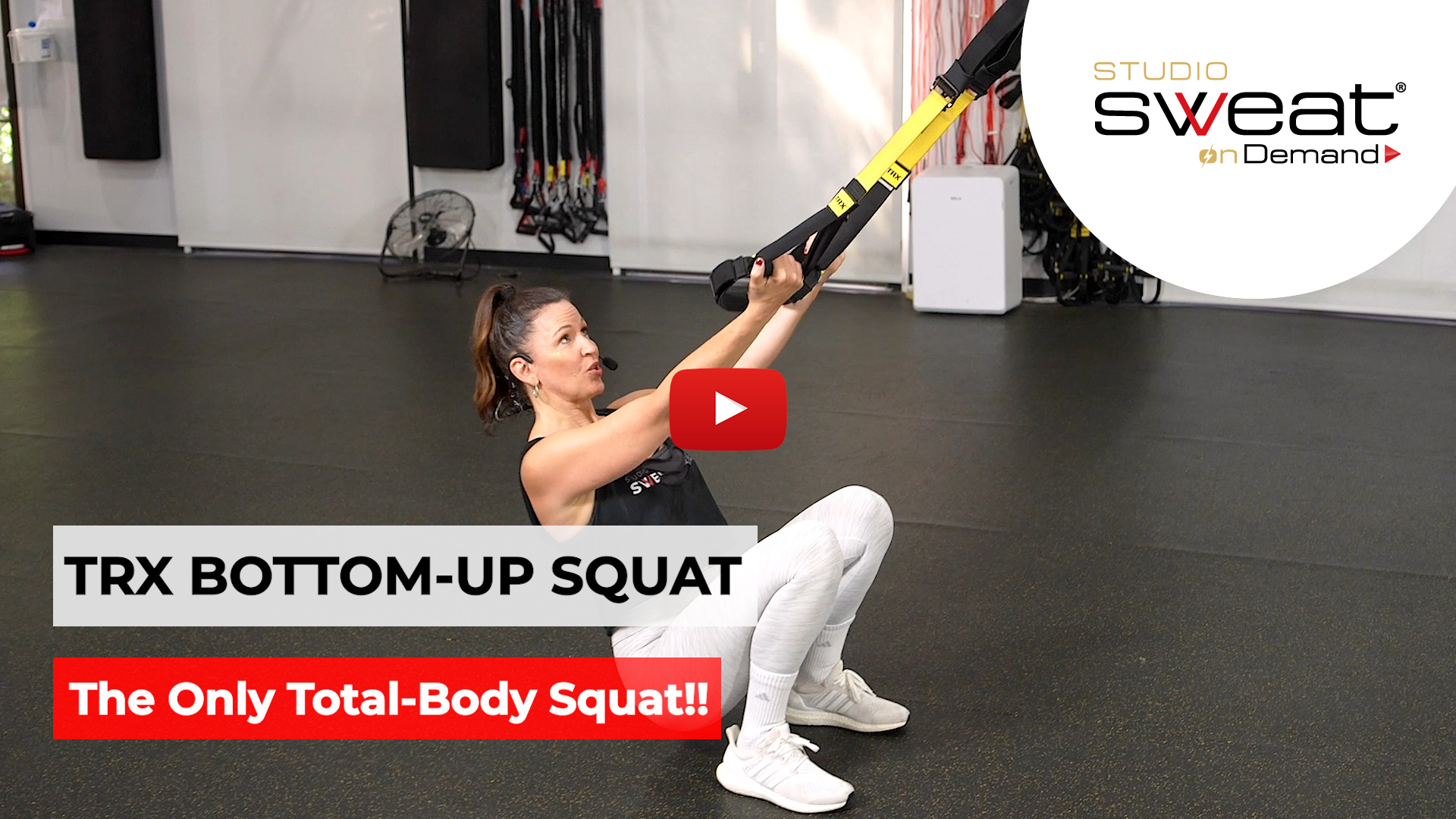What is the Right Way to Use Different Types of Fitness Resistance Bands?
If you polled Studio SWEAT onDemand trainers on their fave piece of resistance training exercise equipment, resistance bands would be pretty darn close to the top. Why? They’re inexpensive, portable, and extremely versatile. They’re not quite one size fits all, but they’re close, so Coach AJ has some tips on what bands to choose and the proper way to use them.
Types of Resistance Bands:
• Tubing Handle Bands – This is a longer tube with handles on each end. You’ll find they come in a variety of resistance levels, and it’s a good idea to have at least a couple. Some even come as a set with clip-on handles so you can easily switch with less bulk.
• Booty Band (a.k.a. Small Loop or Mini Band) – These typically come as a set with light, medium, heavy, and even extra-heavy. They come in a latex/rubber material or cloth with elastic. The cloth has less slack, so they are typically used more for lower body exercises.
• Large-Loop Band – These can be used for moves that are similar to what you’d do with the handle and tube bands.
It is great to have a few different options for different moves, but there are also options to adjust resistance using a single band.
How to Use Resistance Bands Properly:
Tubing Handle Bands
• Standing Exercise with an Anchor Point
– Place the center of the band on the ground and step onto it, with handles in your hands. For the lowest resistance, step with only one foot. For more resistance, use two feet.
– It’s easy to adjust resistance up and down just like with TRX straps. Try 2 feet on the band for a little more challenge. Walk feet further apart for less slack in the band. When you get to the point where you’ve taken out as much slack as you can, it’s time to move to a “heavier” band. You might have to go back to 1 foot in when you go heavier.
– With bands, it’s important to remember when you go up (or pull the band), you should go even more slowly when releasing the tension. In other words, keep tension on the band for the full range of motion in both directions (the up and the down). By doing that, you’re forced to work the negative by resisting gravity and always keeping tension on the band.
• Standing Exercises with No Anchor Point
– If you’re doing a standing move like a lat pull down where you’re holding the band in both hands, be sure there’s no slack in the band at any part of the movement.
– AJ starts with her hands together in the middle of the band, sliding her hands outward to the desired resistance point where she gets tension in and out.
– Pro tip: if you are holding the tube but don’t like the dangling handles, slip your hands through the handle before gripping the tube to keep the ends from flapping in your face.
• Seated Exercises
– Place the band around an anchor point like a pole, or even your feet. Be sure the band is anchored so it won’t slide up and off, snapping you in the face. If you’re using your feet, the center/arch of your foot is the best spot.
– If the band is long, you may not always hold the handle for a move. You might choose to choke up on the band (grabbing the rubber tubing directly below the handle) to add more resistance and continuous tension.
– Adjust your hand position for more or less resistance.
Booty/Mini Bands
• Upper-Body Exercises
– Be sure you’re not using too light a loop band, or they may snap and fly across the room. Ouch!
– You can hold the band with your palms or the back of your hand facing the band, depending on the exercise.
– This is great if you’ve got wrist issues, or elbow mobility challenges because there is less gripping than with weights or even handled bands.
– You can also use a loop band for upper body moves like rows, by anchoring the loop under one foot and then pulling upward (and resisting back downward). AJ prefers the loop bands for rows versus the handle bands because they tend to have less slack.
• Lower-Body Exercise
– Choose a heavier loop for the lower body exercises than you use for upper body exercises.
– Placement of the band on your legs is important. Always avoid placing it on joints like behind your knee, as that adds too much pressure to your joints.
– Placing the band above your knee or a little higher creates resistance as well as providing support. For example, if your hips are unstable and wobbly when you do a squat. By adding a band, you’ll likely keep your legs in the proper position, adding hip stability.
• Seated Exercises
– If you’re doing glute/core work on the ground, try placing the mini band just above your knees. For example, AJ loves a glute bridge with an outward leg pulse to seriously work that booty.
– If you want to do something like a resisted flutter kick, place the band lower at your ankle or even anchor on one foot (again, be sure it’s secure at mid-foot).
We hope you learn to love resistance bands as much as we do. To keep it simple, remember these three rules:
1) Know the size bands you need (heavy/medium resistance).
2) ALWAYS keep tension on the band.
3) Safety first. Make sure you’ve got your band anchored safely.
We really love AJ’s great Beginner Friendly Resistance Band Workout to get started. And for more body-sculpting, fat-torching workouts, check out a Free Trial over on Studio SWEAT onDemand! Download the app, or if you happen to live in southern California, visit us in our San Diego studio.

















Comments - 0